Keeping horses tidy and groomed during the winter months, takes much more time and effort than during the summer months.
The weather can turn suddenly, and a beautifully dry paddock can turn into a mud bath within a very short space of time.
There are various ways to keep on top of the mud, and bad hair day look depending on whether the horse is living outdoors, or partly or fully stabled.
The outdoor horse
- Keeping the outdoor horse tidy and presentable is challenging enough and even harder during wet weather, when fields turn into wallowing holes, and muddy gateways. Access to hard standing and shelter will help when it comes to washing off and general day to day grooming.
- Warm water, a water brush, sponge, shampoo and clean dry towel, will be key to removing both wet and dry mud instantly and with minimal effort.
- Dried on mud will require more time, but brushing off with a firm bristled brush is better than continually washing off legs, particularly if the horse is kept out 24/7, as they need as much natural protection as possible without removing the natural oil barrier under the layer of hair.
- If the horse is sensitive, there are various non bristled grooming options that can effectively remove the mud successfully without giving sensitive horses a hard time. (send image of Super groomer on muddy head)
- If the horse is wearing an outdoor turnout rug, this will help to keep mud off the saddle area and speed up the grooming process.
- For manes and tails, a good quality mane and tail conditioning spray is worth using to help keep tangles at bay and this also acts as a mud repellent.
- Washing manes and tails with a conditioning shampoo on a weekly basis, will also help keep the condition.
- If a horse is wearing a rug 24/7, ensure it is removed daily, to allow the air to get to the coat and give a good brush all over to stimulate the skin as well as clean the hair and for checking with any rubs or skin conditions,
The partly stabled or stabled horse
- Keeping a horse tidy that is kept partly or fully stabled can be a lot easier. Most that are stabled, are exercised daily, and tend to be partially or fully clipped during the winter months. With less hair around, brushing the coat regularly will ensure it is kept clean and free from mud.
- Softer brushes may be required for the clipped, and more sensitive areas, using a traditional natural fibre body brush alongside a metal curry comb is a great way to ensure the body areas have a thorough daily groom. A soft flicky brush is great for a quick flick off after to remove any dust that has moved up to the surface.
- A firmer brush may still be needed to remove any dried mud as well as the non-bristled brushes to help with dry mud removal on sensitive areas including heads and ears.
- Manes and tails are easy to manage but will still benefit from regular conditioning and washing to keep tangle free and in good condition.
A note on grooming brushes – there are so many varieties to choose from, but the move back towards the traditional natural fibre and hair bristled brushes with natural wooden backing is an option to choose when re-considering a grooming kit upgrade.
Mane and Tail Tidying
Keeping the tidy look will also mean a check up on manes and tails – whether to pull or not to pull depending on your own preferences and the look that you are aiming to achieve.
Long manes and tails that are left natural, do look fabulous in the summer, when clean and well brushed, but the reality of keeping this up in the winter is a very different proposition.
If the horse is being shown or competed, it can be useful to plait up the tail and keep in a tail bag when out in the field. Hoods and neck covers are also helpful but can cause patches of mane to be rubbed out. Washing neck covers, and manes and tails very regularly and applying a good quality mane and tail detangler will help with the day-to-day management, but it can be high maintenance especially when dealing with feathers as well.
If the mane and tail is regularly plaited or a neat overall appearance is required, a pulled mane is often the answer. When we refer to “pulled” we don’t necessarily now mean pulling the hair out. The traditional method of thinning and levelling was done with a comb and fingers to remove the hair but can cause discomfort and anxiety to the horse. There are now humane options for achieving a similar look using mane and tail tidying rakes. These comb through and thin out thick hair and levelling knives are used to level up the mane and used more on finer manes that don’t require thinning. These types of thinning and tidying tools ensure that tidying is safe without causing any discomfort and is comforting to most horse owners that still want a tidy finish.
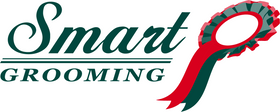

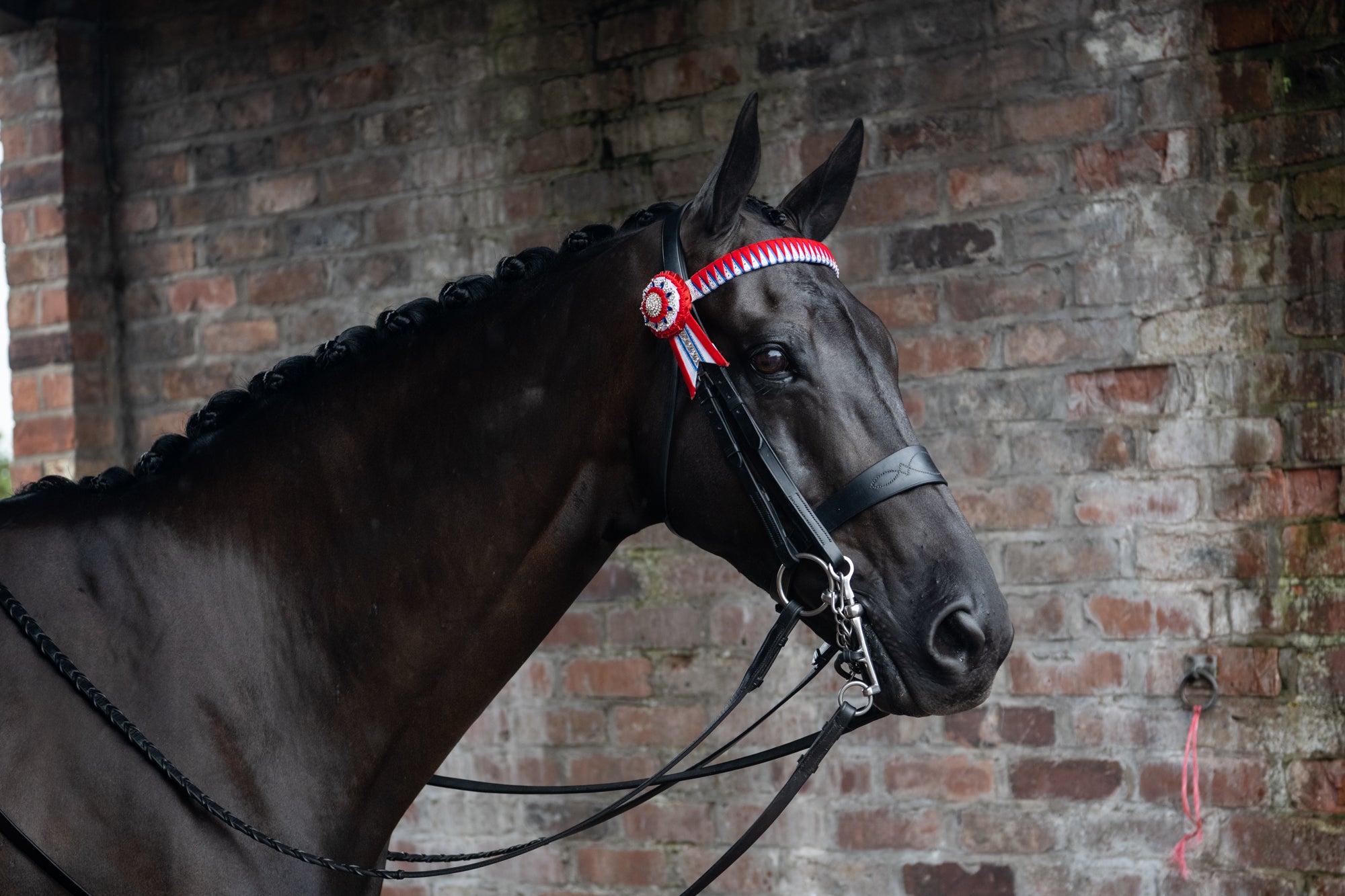
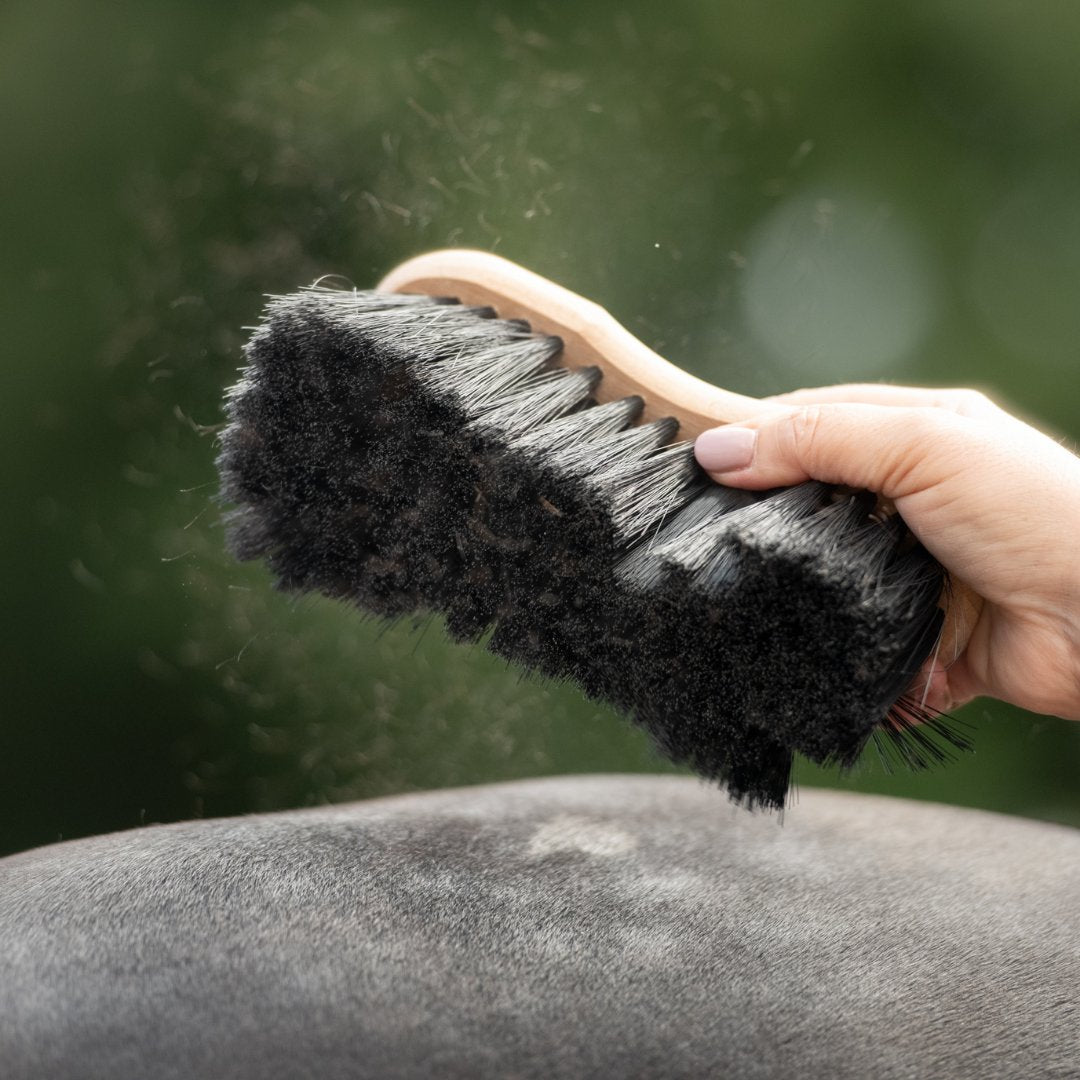
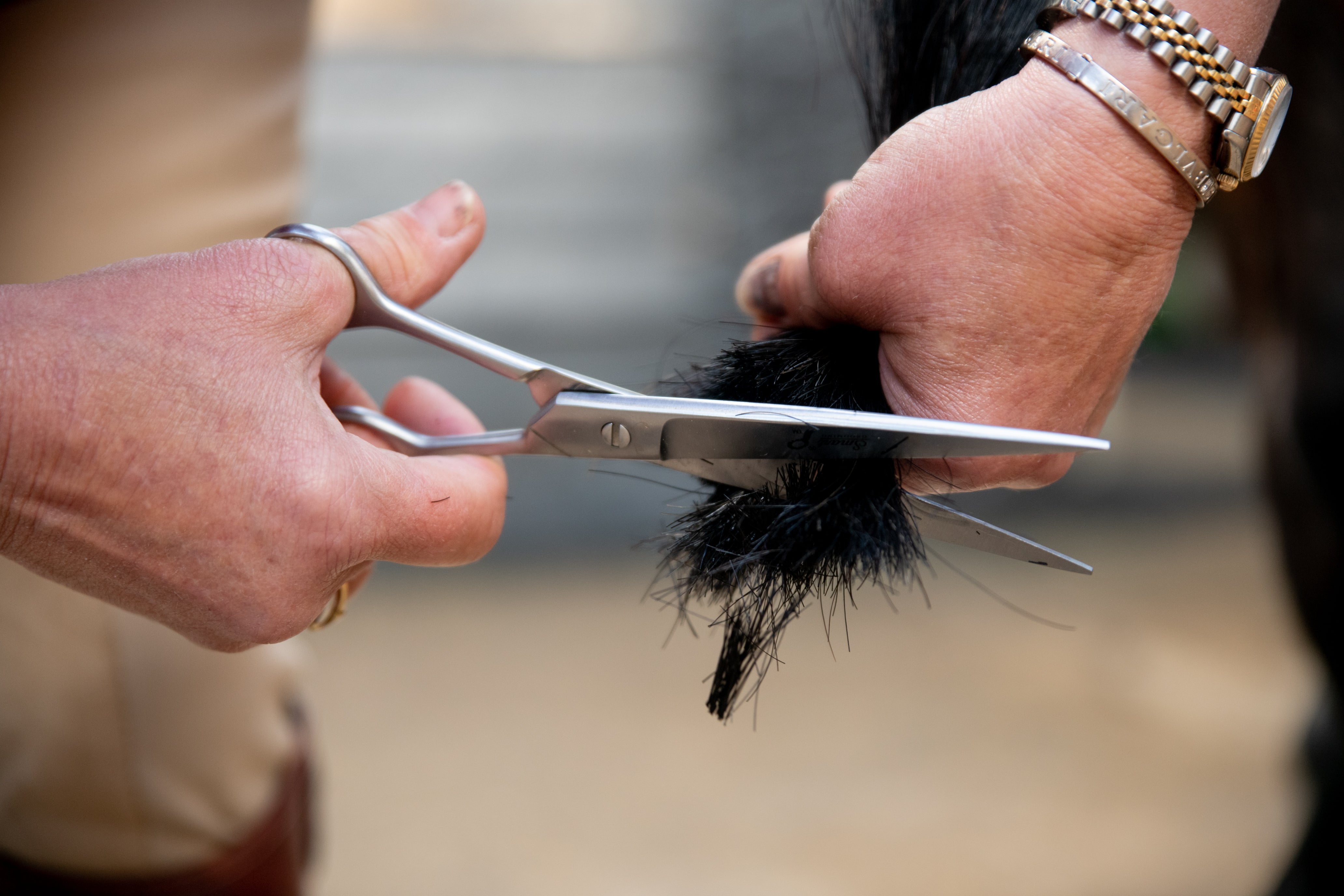

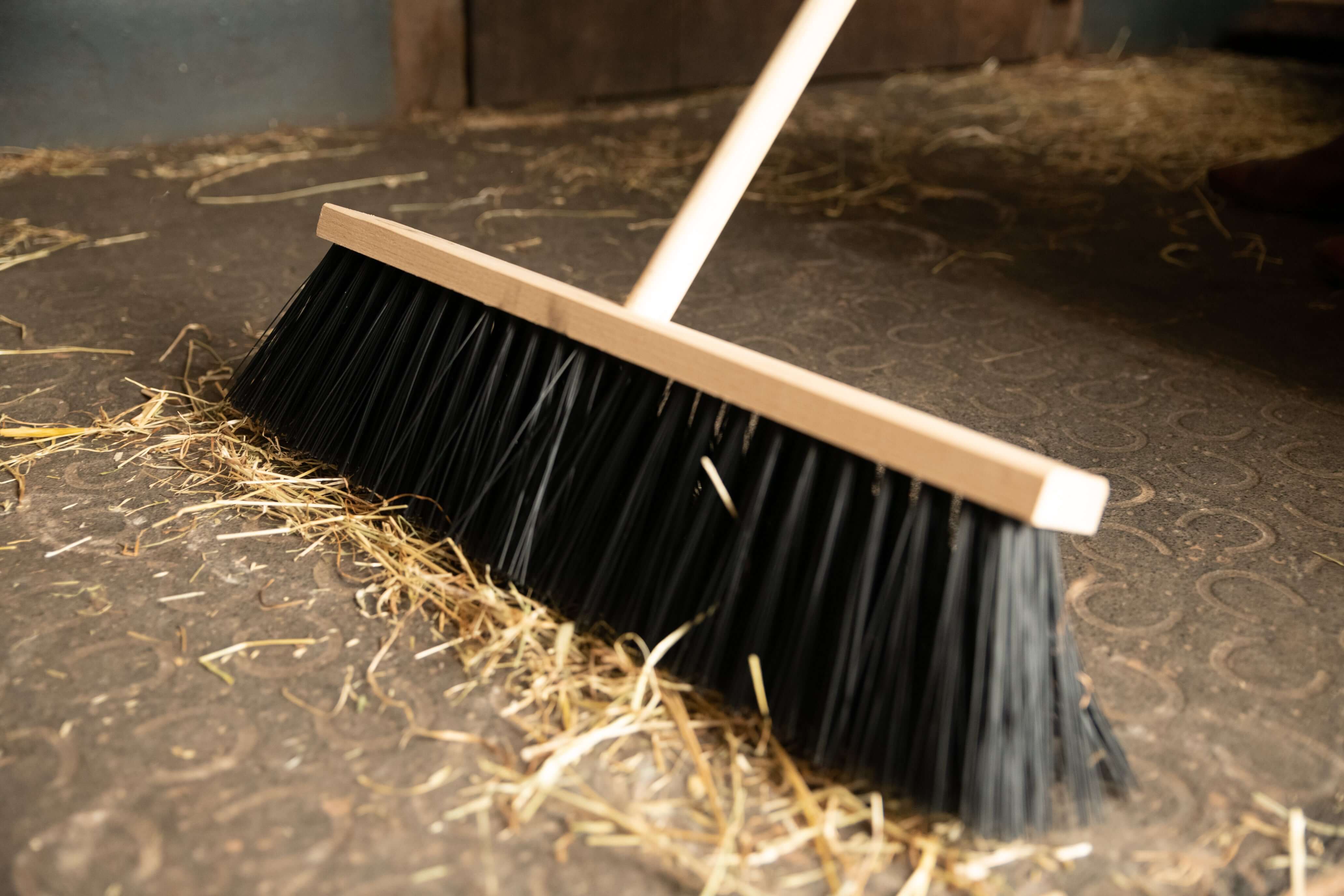
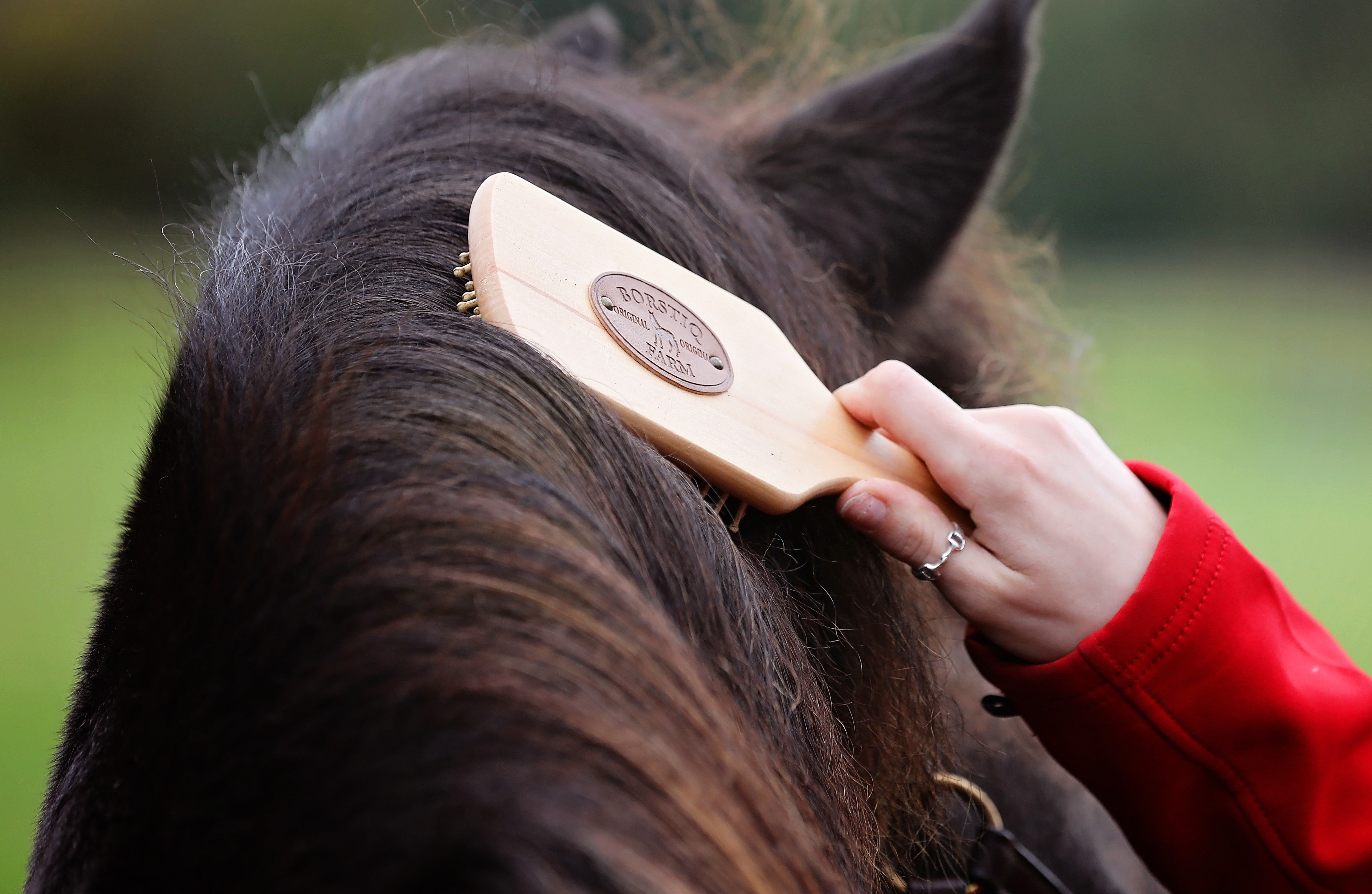
Laissez un commentaire